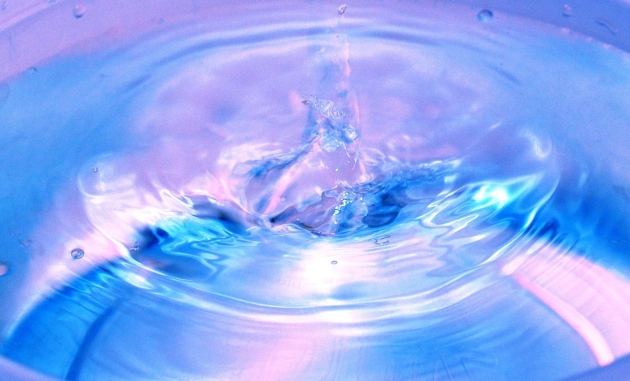With more than 30 years’ experience in the residential and commercial water treatment space, Mark Nelson is a Class 1 Drinking-Water Operator and a CBWA (Canadian Bottled Water Association) Certified Plant Operator. As founder and president of Nelson Water in Ottawa, Mark focuses on dealing with challenging water treatment system designs for problem water. He also heads the largest water bottling plant in the city of Ottawa with a delivery network throughout the Valley.
Early in 2017, the #pinkwater hashtag began trending on Twitter. These tweets were accompanied by pictures of neon pink water coming out of taps. These videos and photos originated from Onoway, a small town in central Alberta with 1,000 residents. Many of the residents were bemused, but others were frightened, and everyone wanted an answer to why the tap water had suddenly turned neon pink.
The Mystery of Potassium Permanganate
According to Dale Krasnow, mayor of Onoway, the cause of the pink water was potassium permanganate, a water treatment chemical. The influx of pink water was due to a stuck valve allowing these potassium salts to enter the sump reservoir and the town’s water distribution system. When the lines were flushed, the town’s water began to run clear again.
Potassium permanganate is a chemical compound that is inorganic and used to treat wounds in liquid form. It is also used to remove “rotten egg” smells and excess iron from water during treatment in combination with greensand manganese filters. When diluted in water potassium salts are relatively safe, but this is not a chemical you would want to ingest in solid form. The purple crystals have a sweet taste, but contact with this solid form of potassium permanganate can cause severe burns and skin irritation. Respiratory irritation can also be caused by inhalation.
According to the Open Chemistry Database produced by the National Institute of Health, potassium permanganate is also extremely toxic for aquatic life. It has also been linked to organ damage and genetic defects in fetuses due to long term exposure. The toxicity of pink water will depend on the concentrations and dosage levels, but if your water has turned pink, it will contain sufficient quantities to warrant concern.
What You Can Do About Pink Water
While city water supplies are heavily regulated, as the 2017 Onoway incident illustrates, accidents can happen. This means that if you want to have complete confidence in your water supply, you may wish to consider a final barrier of protection. There are a number of treatment options that can be used to eliminate potassium salts and any other contaminants. The most readily available is carbon filtration. The carbon media can attract and contain any particles of potassium salts, removing them from your water supply. Since contaminants like potassium permanganate can cause skin irritation and respiratory problems, it can be problematic during bathing. This means that a point of use, drinking water filter would not provide sufficient protection and you would need a whole house system. This type of system treats the water as it enters your home, so that any water supplied to your kitchen, bathroom and other areas of your home are safe from potassium permanganate or any other contaminants.
If you have any concerns about your water quality or have noticed any aesthetic changes to your water, you should speak to a water treatment specialist. An experienced professional can test your water for contaminant levels and guide you through the range of treatment options that can offer the most effective solution for your specific needs.

